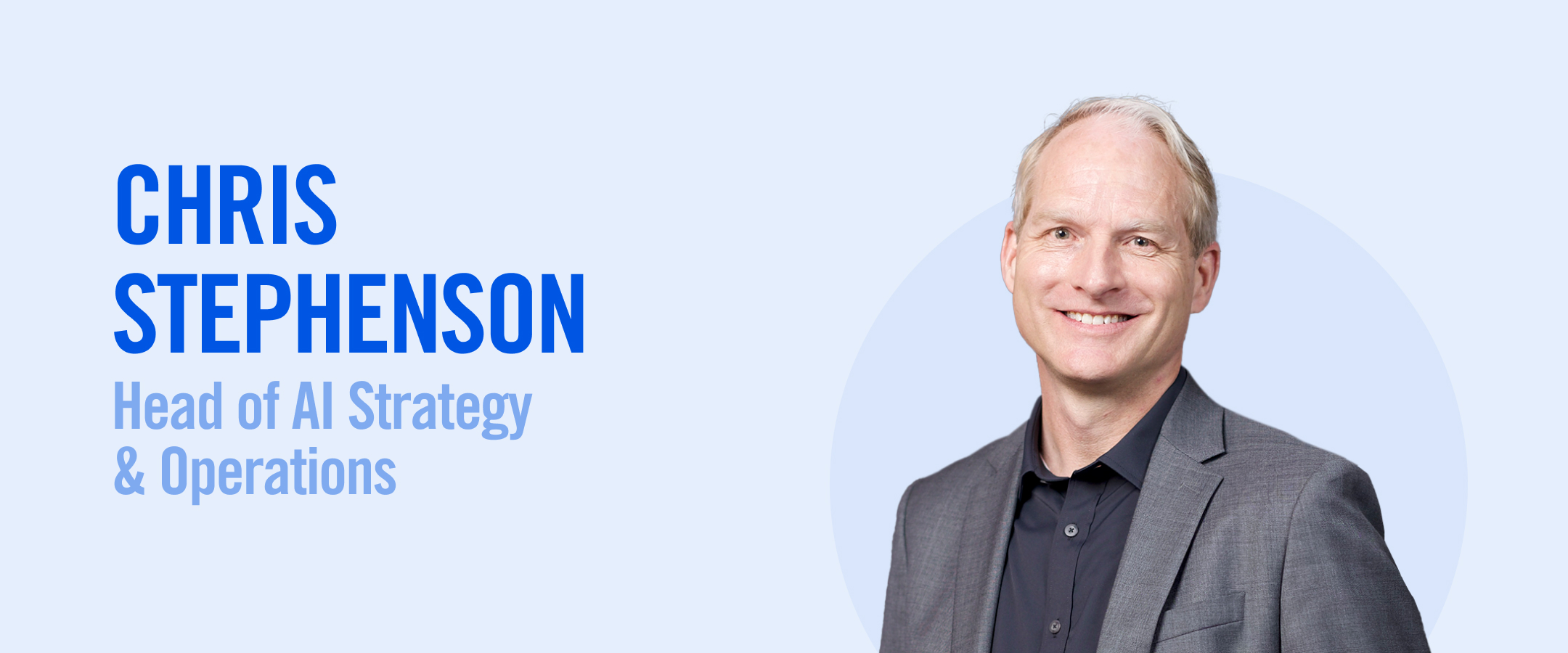Blogs
Xplore_AI: Generative AI - All That Glitters Is Not Gold
Written by: Chris Stephenson


Generative AI: All That Glitters Is Not Gold
AI was the main story in 2023; at every conference and event vendors of all shapes and sizes showcased new AI-enhanced offerings. Even at Legalweek 2024 it was rare to find a booth that didn’t prominently feature the term “AI”. AI is a broad area, however, encompassing a wide array of advanced technologies. And most of what was revealed consistently falls into a relatively new category called “Generative AI” (GenAI). For those of you who have been on a deserted island, GenAI is a form of AI—popularized by OpenAI’s release of ChatGPT in late 2022—that uses large language models (LLMs) to produce human-like output based on natural language prompts. This form of AI is understandably alluring for litigators and litigation support teams who are particularly excited about GenAI’s potential to deliver long-awaited automation, efficiency, and acceleration to tackle manual, time consuming processes such as legal research, contract analysis and authoring, document analysis and summarization, timeline of events generation, and more. In a single year, GenAI has uncorked a wave of new tools and capabilities from both startups and legacy providers, and holds incredible promise for the legal community.
However, all that glitters is not gold. There is a reason why so many companies, some of which did not even exist 12 months ago, were able to bring new AI products to market so quickly, and generally focused on similar use cases. Most of the offerings are cleverly constructed ‘wrappers’ built around the same core technologies from large cloud providers like OpenAI, Microsoft and Google. This isn’t inherently a negative. But the core IP for these solutions remains with the third-party providers, which makes differentiation, flexibility, and competitive defensibility a bit of a challenge. Secondly, at this early stage, with a rapidly emerging patchwork of global regulations and growing industry and societal concerns about ethics, legal standing, copyright infringement, data privacy, and black box AI, the jury is still out on GenAI adoption, governance and total cost of ownership.
Case in point, Italy recently sent a letter to OpenAI claiming that ChatGPT is in violation of Europe’s privacy laws. A range of industry analysts, tech writers, partners, and customers I spoke with, both prior to and during the event, cite these among the reasons they are taking a more cautious approach to this promising technology. Nevertheless, kudos to the teams that leaned into GenAI early to showcase the expanding utility of AI for Legal.
GenAI is set to transform a thirsty Legal market. And the rapid explosion of new offerings and features is both inspirational and encouraging. However, there is still uncertainty around GenAI’s risks and limitations which is tempering rabid adoption… for now!
Notably, there were few innovative AI-enabled solutions at Legalweek focused on accelerating the pre-review side of the legal process, often referred to as the left side of the ‘review wall’. In the eDiscovery Reference Model workflow (EDRM), the steps that take place prior to legal review and production are extremely important, covering things like legal hold, data collection and indexing, data classification and scoring, and data prioritization and minimization. GenAI’s strengths are not of much use here. The left side of the wall is not concerned with chatbots, summarizing, list making or generating new content, but rather on the crucial work of preparing and optimizing data for fast, accurate, and efficient review of relevant data. This is where Cognitive AI (CogAI) truly shines. CogAI (sometimes described as ‘Narrow AI’ due to its specific, albeit complex nature) leverages a range of AI capabilities like inference, semantic analysis, natural language processing (NLP), Retrieval Augmented Generation (RAG), and machine learning to interpret, contextualize, and extract knowledge from large datasets. When done well, CogAI radically reduces data under management, which reduces the costs, complexity, and risks associated with schlepping, analyzing, and storing more data than necessary. The beauty is that CogAI and GenAI are highly complementary, and when combined will help to drive innovative value across the EDRM workflow. The adage, “garbage in, garbage out” holds true here. CogAI and RAG ensure that the information being fed to LLMs/GenAI is of high quality, fact-based and relevant, which improves the accuracy and richness of generated content in the review and production stages of the legal process.
While the GenAI boom of 2023 highlights an emphasis on the right side of the review wall, it underscores a large, unmet need on the left side, leaving the door open for pre-review innovation and holistic, AI-driven EDRM solutions. Fortunately, Nuix is well-positioned to fill this need with our Nuix Neo platform built around a patented processing engine, cutting edge CogAI, and fully orchestrated workflows. Refining and ruggedizing this end-to-end enterprise data intelligence capability for our customers will be the focus in early 2024, while the murky picture surrounding GenAI becomes clearer. Meanwhile, one thing that is already abundantly clear, it is exciting times for AI and the legal space!
Chris Stephenson
Head of AI Strategy & Operations









